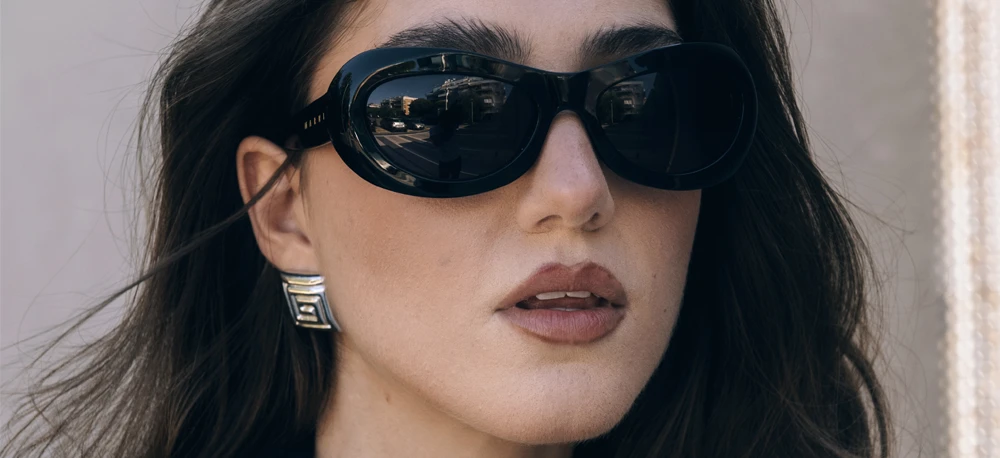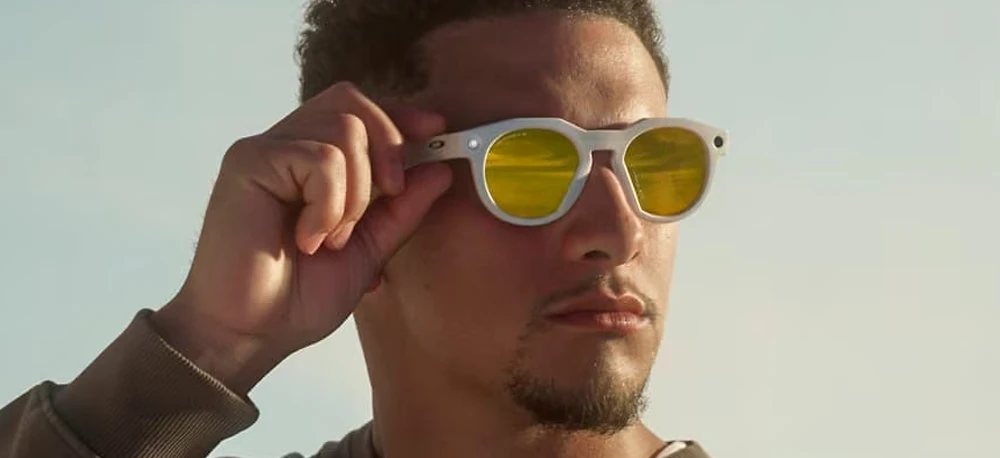What Are Polarized Sunglasses? How They Work and Why You Need Them

Table of Contents
Sunglasses are more than a fashion statement—they are a crucial tool for eye protection and visual comfort. But if you’ve ever squinted against the sun’s glare, even while wearing sunglasses, you may have wondered if there’s a better solution. Enter polarized sunglasses—a game-changer in optical technology. Discover the latest collection of polarized sunglasses at Amevista. But what are polarized sunglasses, and how do they work? Let’s break it down.
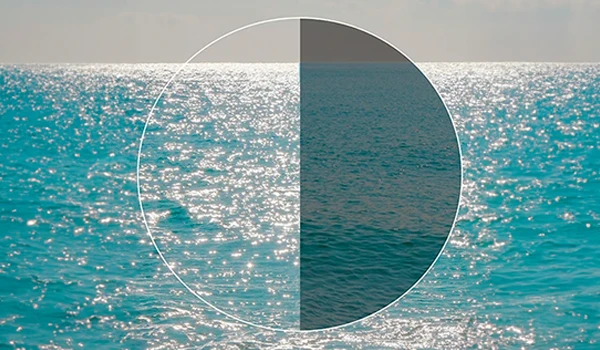
Understanding Polarized Sunglasses
Polarized sunglasses are designed to combat one of the biggest nuisances for the human eye—glare. Whether you’re driving, enjoying water sports, or simply walking on a bright day, reflections from flat surfaces like roads, water, or glass can be overwhelming.
Unlike standard tinted lenses, polarized lenses contain a special chemical filter that blocks horizontally polarized light, reducing glare and improving visual clarity. The result? A clearer, sharper, and more comfortable vision experience.
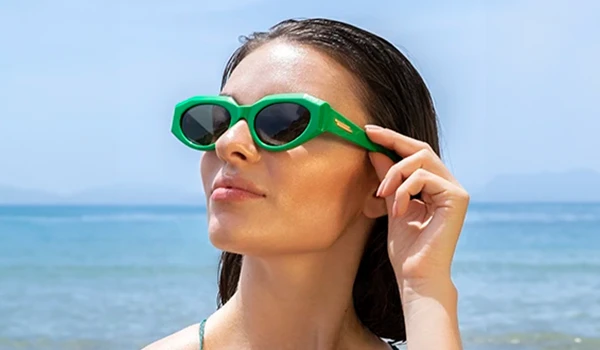
How Do Polarized Sunglasses Work?
To understand how polarized sunglasses function, it’s important to grasp how light behaves. Sunlight scatters in all directions, but when it hits a flat surface, it often becomes horizontally polarized, creating an intense and sometimes blinding reflection.
Polarized lenses have a laminated filter that selectively blocks this horizontal light, allowing only vertically oriented light to pass through. This eliminates harsh glare while enhancing contrast and color perception, making objects appear crisper and reducing eye strain.
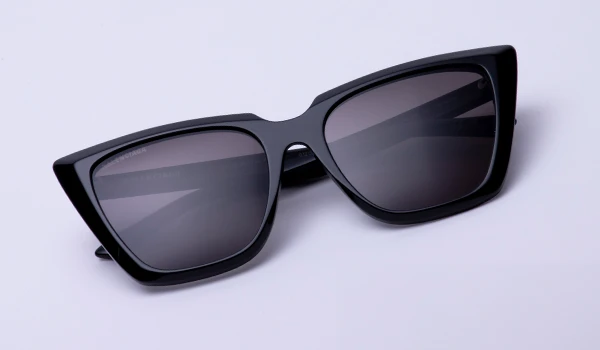
Key Benefits of Polarized Sunglasses
1. Glare Reduction for Maximum Comfort
Glare can cause discomfort and even temporary blindness, especially in high-reflective environments like highways or lakes. Polarized sunglasses significantly reduce glare, improving safety and comfort in bright conditions.
2. Sharper Visual Clarity & Better Contrast
Polarized lenses enhance the perception of depth, details, and colors, making them ideal for outdoor activities such as boating, fishing, or skiing.
3. 100% UV Protection for Eye Health
While polarization itself does not block UV rays, most high-quality polarized sunglasses include built-in UVA and UVB protection. Prolonged exposure to UV rays can lead to cataracts and macular degeneration, so investing in the right pair is crucial.
4. Reduced Eye Strain & Fatigue
Squinting to counteract glare can cause eye strain, fatigue, and headaches. Polarized lenses relieve this strain by allowing your eyes to relax, especially during prolonged exposure to bright conditions.

When Should You Wear Polarized Sunglasses?
Polarized sunglasses are particularly beneficial for:
- Driving: They reduce glare from roads and car surfaces, improving safety.
- Water Sports: Whether you’re sailing, fishing, or kayaking, polarized lenses cut surface reflections, allowing you to see beneath the water.
- Winter Activities: Snow reflects up to 80% of UV radiation, making polarized sunglasses essential for skiing or snowboarding.
- Everyday Outdoor Use: Whether you’re hiking, cycling, or just out for a stroll, polarized sunglasses enhance your vision in bright environments.
However, polarized lenses may not be ideal for all situations. Some LCD screens, such as those on dashboards or airplane cockpits, might appear distorted when viewed through polarized lenses.
How to Check If Your Sunglasses Are Polarized
Not sure if your sunglasses are polarized? Here’s a simple test:
- Hold your sunglasses in front of a bright, reflective surface.
- Slowly rotate them while looking through the lenses.
- If the glare reduces or disappears, your lenses are polarized.
Alternatively, you can try looking at an LCD screen (like your phone or a car dashboard). If the screen darkens or changes color as you tilt your head, your lenses are polarized.






















































































